Earn tens of millions of dong every night
The earthworms have the habit of living in burrows under the mud and only surface at certain times, very briefly, depending on the tide, weather, moon phase, temperature, salinity and many other ecological factors. Therefore, it is not easy to encounter such an occasion.
After many missed appointments, this time, Ninh Binh Newspaper reporters were able to follow the Chairman of Khanh Cong Commune People's Committee, Pham Van Trong, to witness a harvest of earthworms by farmers here.
At 2am, the cold air was pouring in, the wind was bitterly cold, running along the dike of the Day River, looking out towards the river bank, every 400-500m you could see a flickering light, according to the Chairman of the Commune People's Committee, that was where people were preparing to harvest the worms. Turning into the yard of Mr. Pham Van Khoa's family (Hamlet 7), Mr. Khoa was turning on the light, excitedly welcoming the worms back.

"The earthworms usually only float at night and often on windy, cold, rainy days, so harvesting is quite difficult. Moreover, no one can predict when the earthworms will float or how much they will float, so you have to be on guard at all times. If the earthworms float and you can't collect them in time, they will be swept away by the tide or will break open and die, which is considered a total loss," Mr. Khoa shared.

It was not disappointing. At first there were only a few worms, but after more than an hour, the plump worms appeared and covered the water surface, and Mr. Khoa and his wife started harvesting.
Instead of using a net to catch each worm like before, Mr. Khoa now uses a 3-4 meter long net bag to block the entrance of the sluices that regulate the water in the lagoon. When the tide recedes, the sluices are opened and the worm will flow into the net.
Estimated to be 7-10 kg per batch, the worms will be poured into buckets to be brought home to be cleaned. Every 15-20 minutes, a batch is poured, and in just a few hours, Mr. Khoa's family can collect 30-40 kg of worms. With a selling price of 350-400 thousand VND/kg, he and his wife pocket more than ten million VND.

We continued to move to the pond of Mr. Pham Van Xuyen's family (village 11). Mr. Xuyen and his wife were happy because today they harvested a lot of earthworms.
Mr. Xuyen said: The earthworms are harvested sporadically from August to November of the lunar calendar, but there are two main tides: September 20 and October 5, so the folk saying "September is the twentieth, October is the fifth". The earthworms at this time are usually very uniform, red-pink, plump and have a rich taste when eaten. The first water earthworms are called "lucky earthworms", the last water earthworms are called "slow earthworms", the earthworms are small and in small quantities.
According to Mr. Xuyen, the harvesting of the worms usually takes place at night for about 1-2 hours until morning because after being scooped up, the worms must be brought back to be processed, have the rubbish removed, be cleaned of slime, then be classified, and packed in foam trays... Every step requires speed, dexterity, and meticulousness. If you don't have experience, the worms will break apart and have to be thrown away.
Although it is difficult and hard, in return, the harvested rươi is bought by traders at a fairly high price, ranging from 300 - 500 thousand VND/kg, so rươi farmers like him are still very enthusiastic and excited.

With an area of 2 hectares, each year Mr. Xuyen harvests about 1.5-2 tons of blood worms, minus expenses, he still makes a profit of 500 million. This year, it is just the beginning of the season, but he has already harvested 4 times, one day less than 100 kg, one day more than 200 kg.
Comrade Pham Van Trong, Chairman of Khanh Cong Commune People's Committee, said: Khanh Cong currently has about 5 hectares of lagoons and riverbanks that have been renovated by local people to preserve and exploit earthworms. In general, after deducting expenses, households also earn a decent amount of money to cover their living expenses, and many households have even become well-off thanks to earthworms.
The miracle of improving the living source for earthworms
Many people compare the earthworm to a "gift from heaven", but according to the earthworm farmers in Khanh Cong, it is not exactly like that, because there is the same potential area of land along the river, but very few places have earthworms to exploit, because currently, with the farming method of abusing chemical fertilizers and pesticides, the soil and water environment has been polluted, and the earthworms have been eliminated. To have an abundant source of earthworms like today, the people here have had to spend a lot of time and effort to improve its source of life.
18 years working on the fields, 15 years making rươi, Mr. Pham Van Xuyen shared: After many years of working on the fields, I have always wondered why with the same land, people in Hai Duong , Quang Ninh, Hai Phong can make rươi, earn hundreds of millions from rươi while we only have to deal with one rice crop a year, a few fish... So I packed up and went to learn how they do it, but in fact the most important thing is to keep the environment clean.
Therefore, the family only grows one spring rice crop a year, applying organic production processes, completely without using chemical fertilizers and pesticides. In April and May, after harvesting the rice, the soil is plowed again, furrowed, drained, and then composted with rice husks is spread to create nutrients for the soil. In addition, it is necessary to regulate to ensure that the tidal water flows in and out continuously, without stagnation. After several years of persistently doing so, the earthworms gradually appeared and achieved a stable yield as it is today.

Another household that produces rươi, Mr. Pham Van Cong, also said: To achieve the results we have today is a process. We have to unite in one area and tell each other to work together, because if just one household does it differently, the polluted water will spread to the remaining households, and the rươi will not be able to survive.
It is known that in addition to exploiting earthworms, thanks to the clean environment, many other aquatic products such as shrimp, fish, and clams also compete to reproduce, helping farmers have products to harvest all year round, increasing their income.
It can be seen that the exploitation of earthworms in Khanh Cong not only creates great economic benefits but also protects and improves the ecological environment along the river. In fact, the land area outside the dike for earthworm exploitation is much larger than 5 hectares. In addition to Khanh Cong commune, this model can be replicated in other localities.
However, to do this, it is necessary to have the participation of specialized sectors to research, investigate, evaluate the characteristics, soil quality, water resources of each region, clearly identify which areas have the potential to grow earthworms to include in the planning. On that basis, localities have appropriate mechanisms and policies to support people.
Nguyen Luu
Source











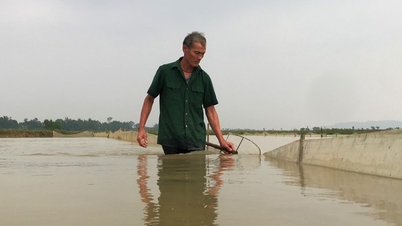



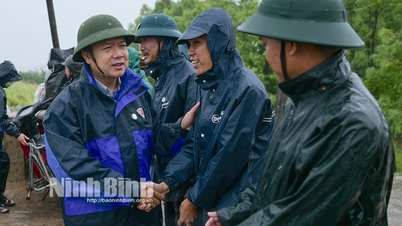

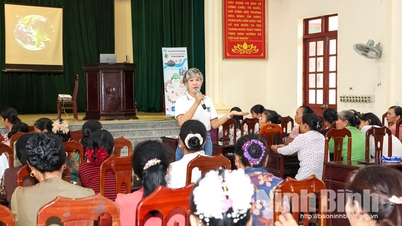

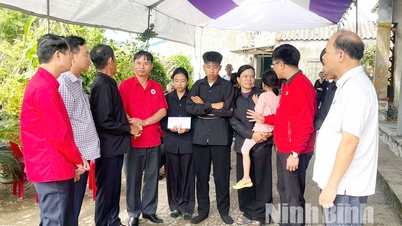
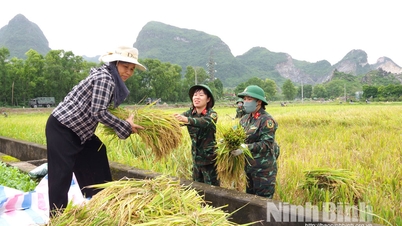
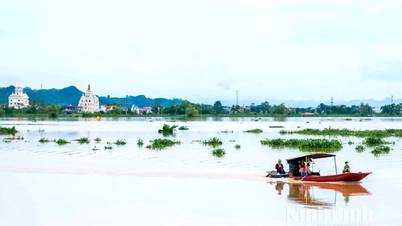

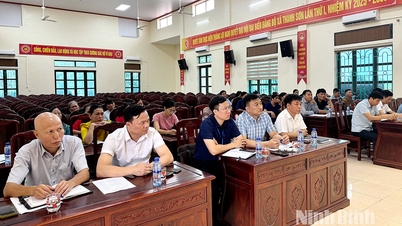





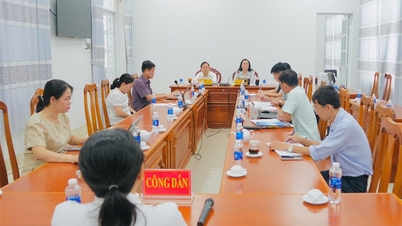

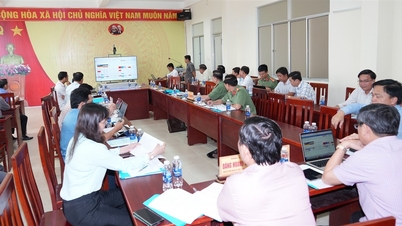


































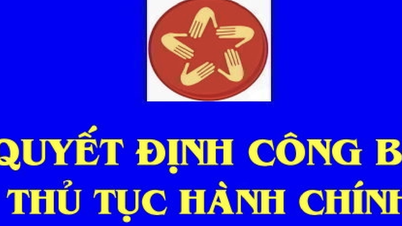



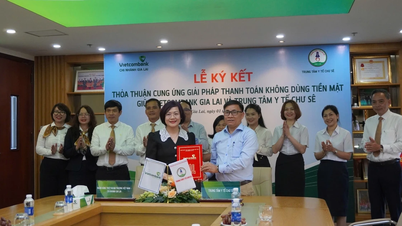

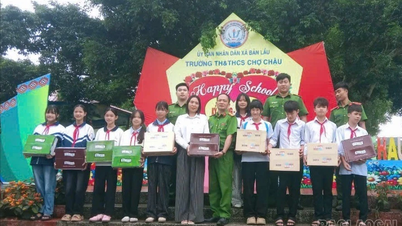

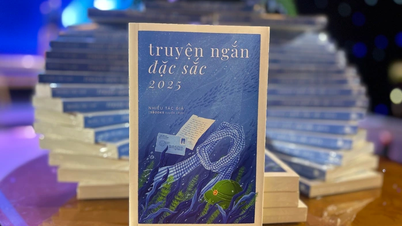


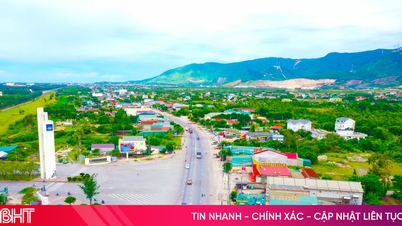

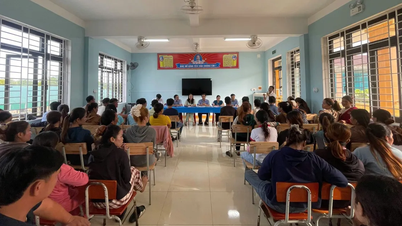














Comment (0)